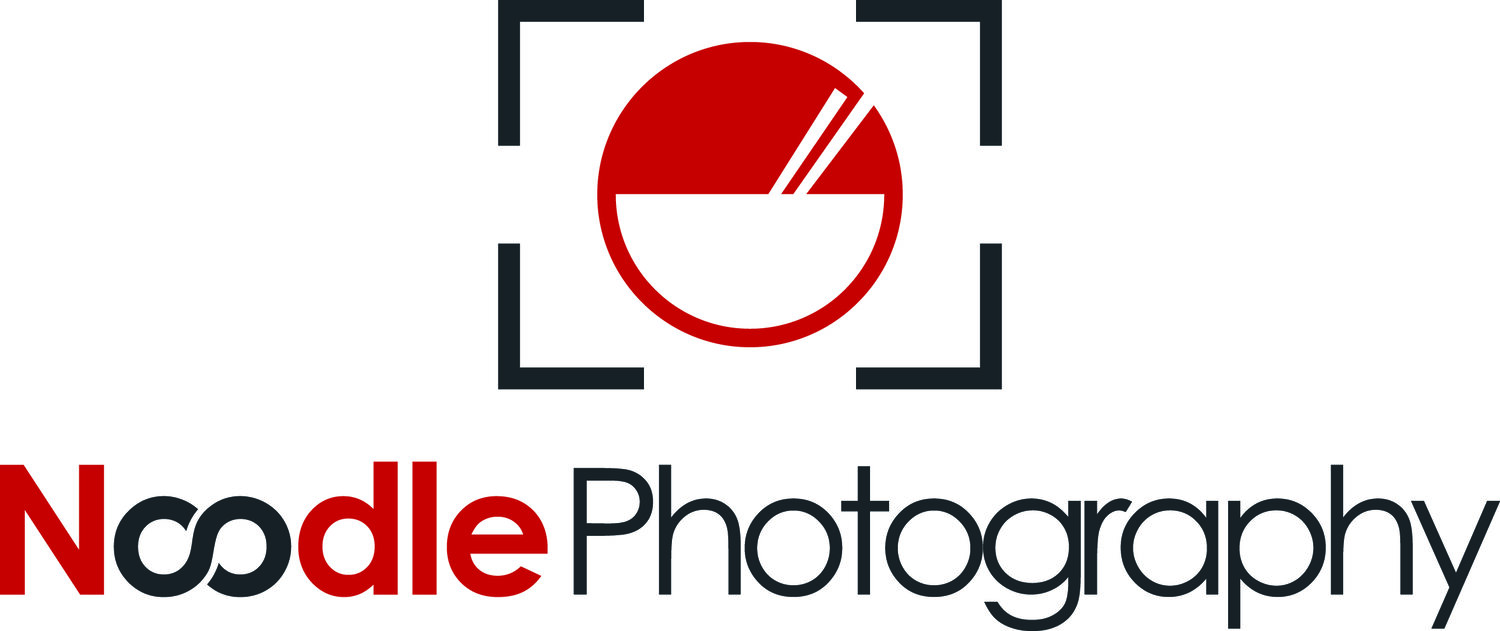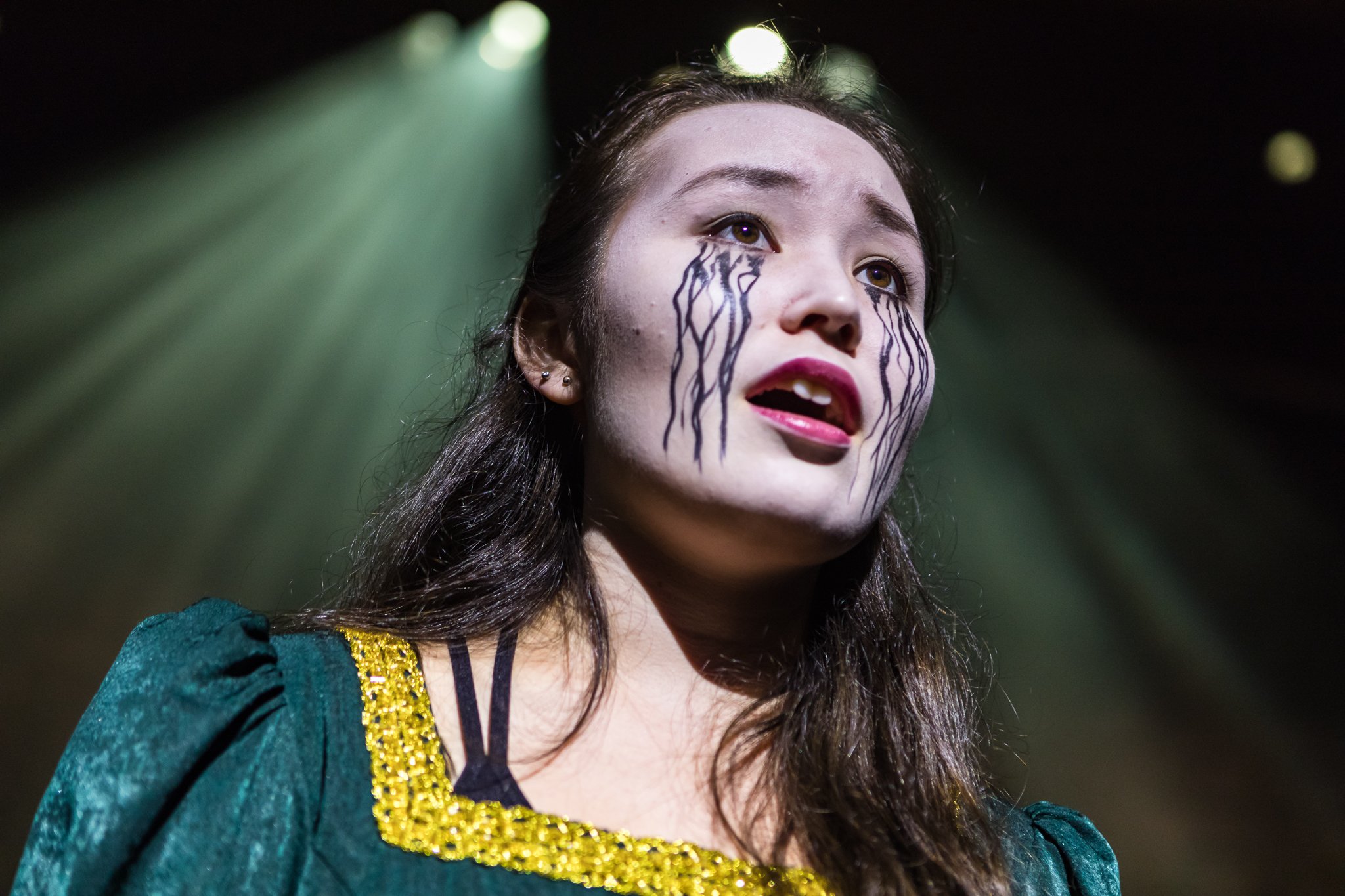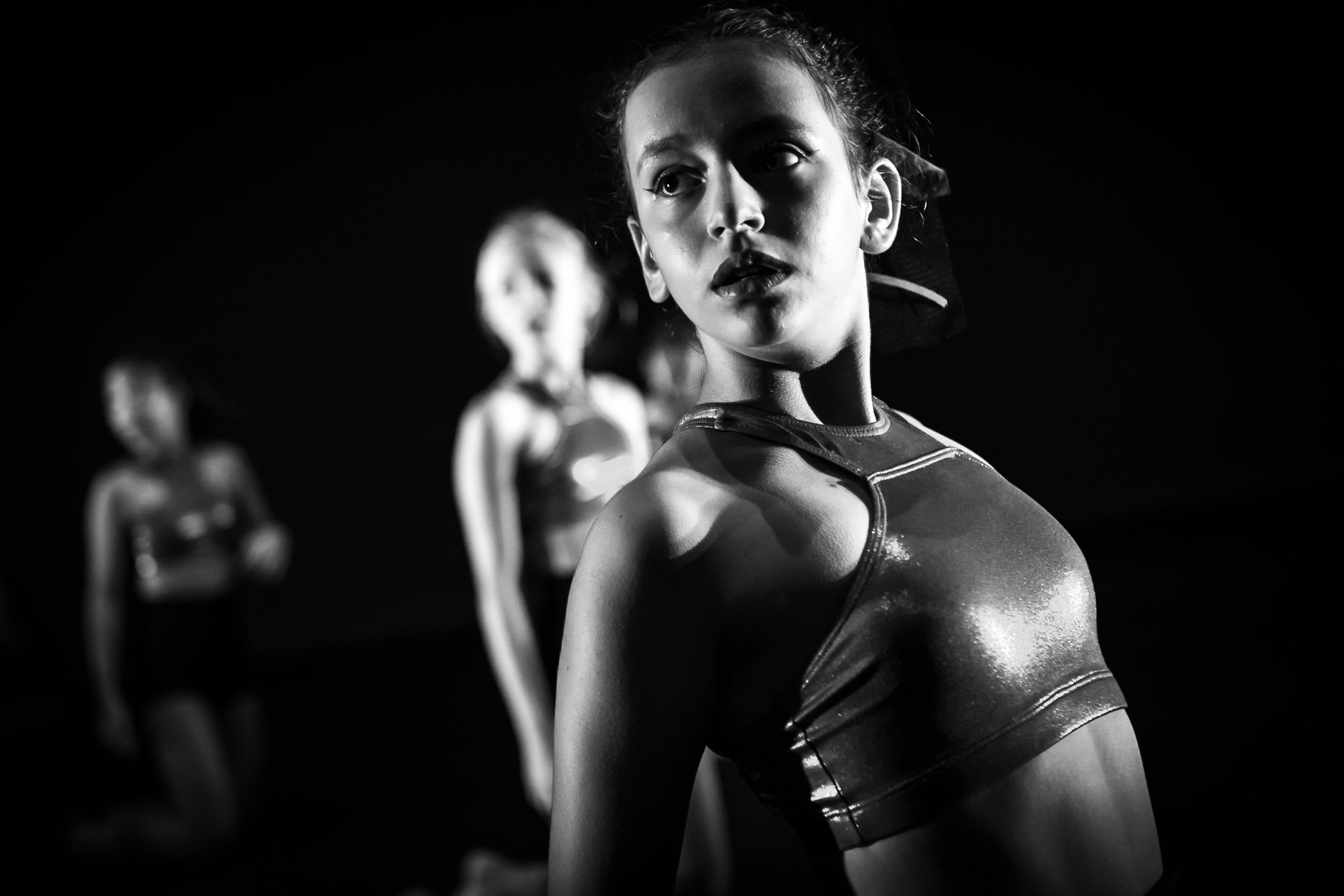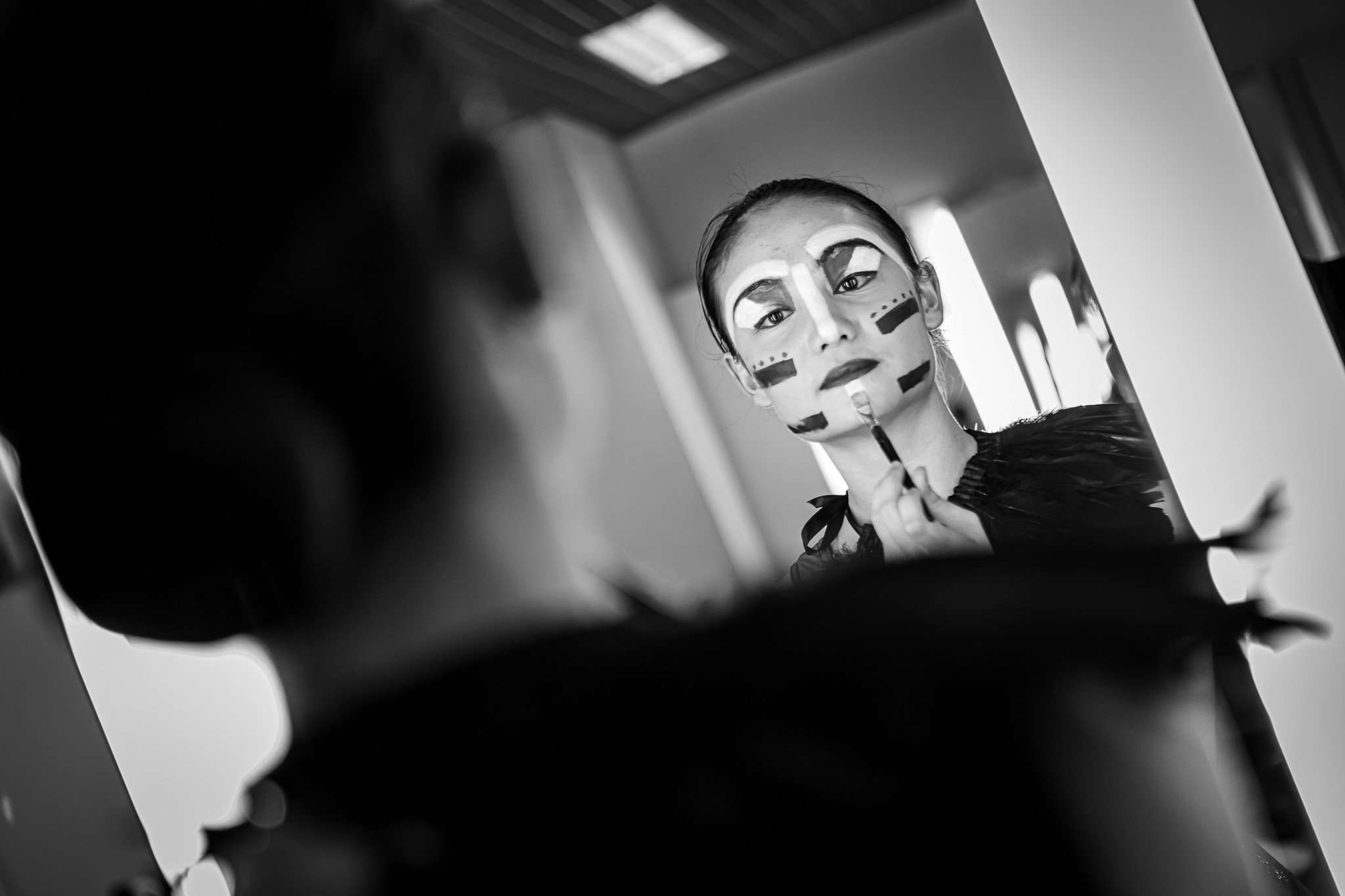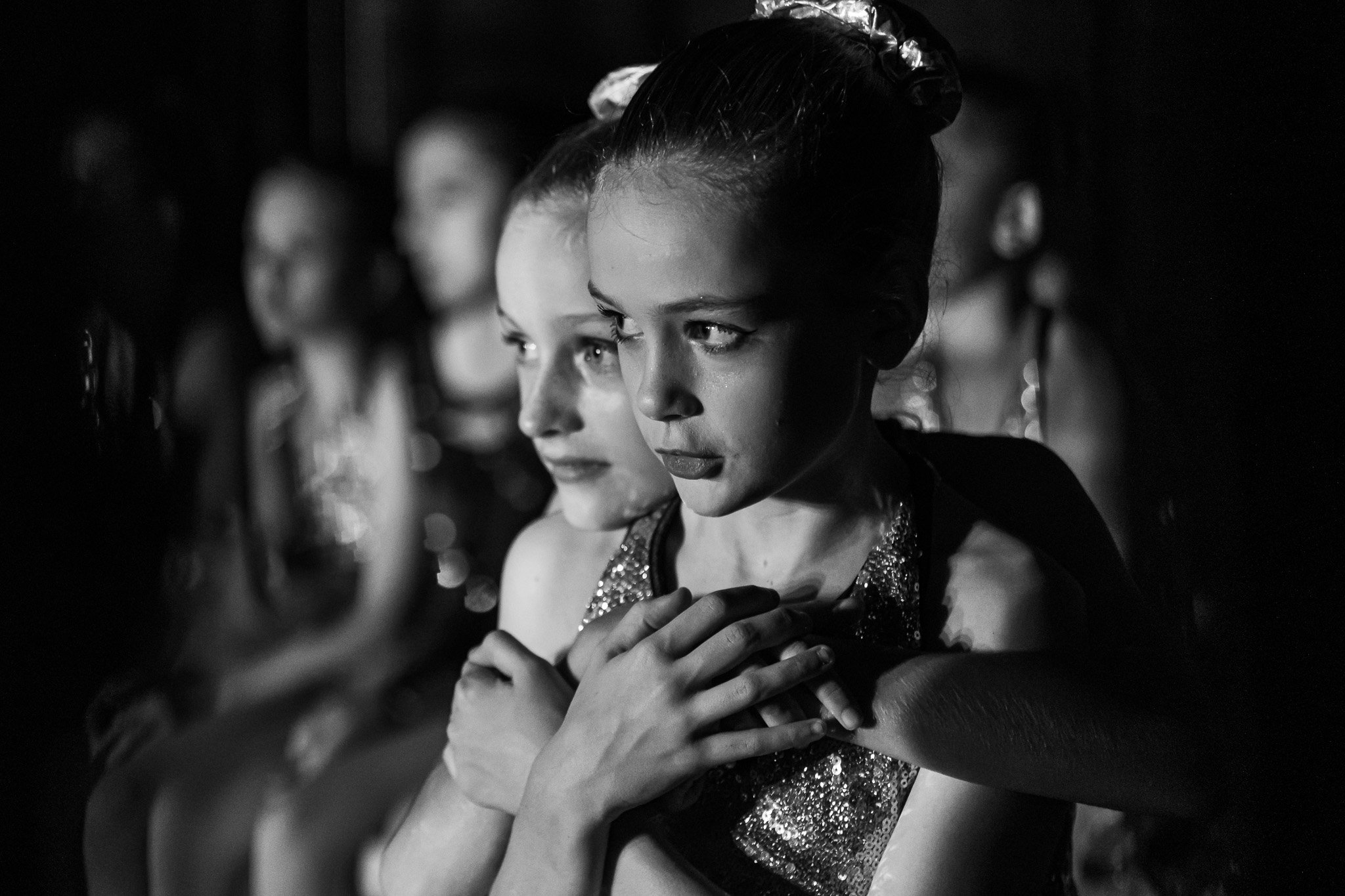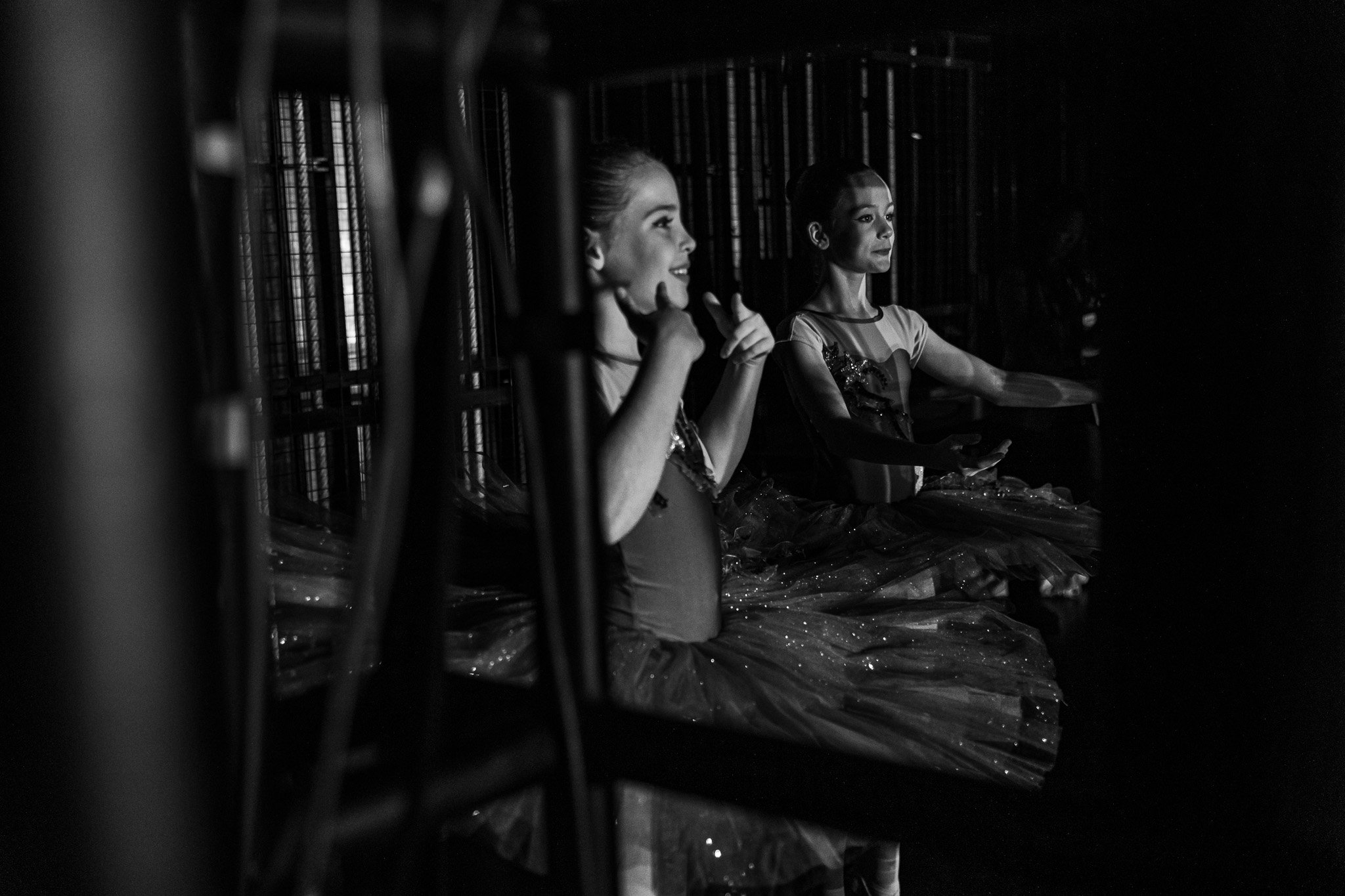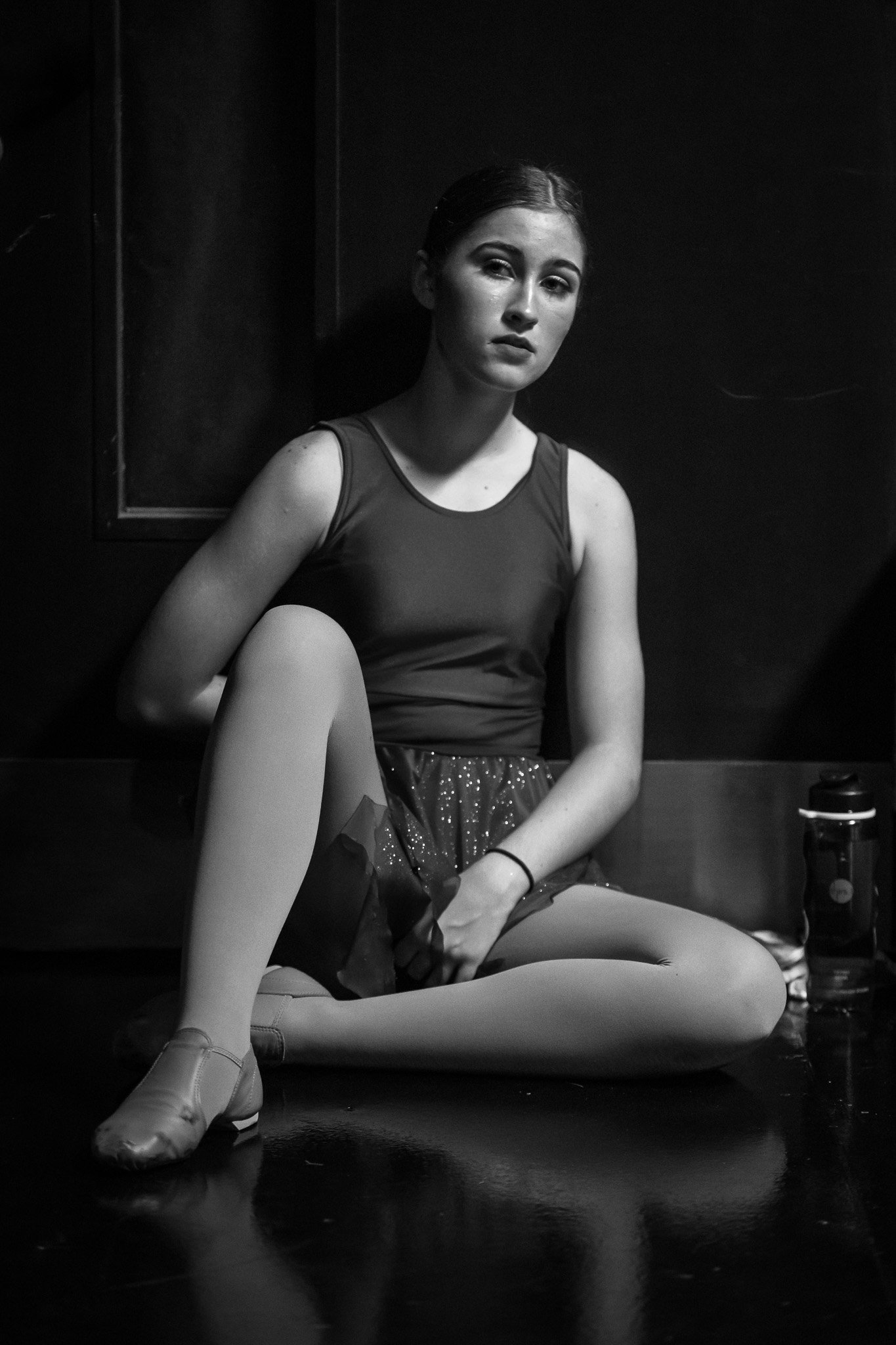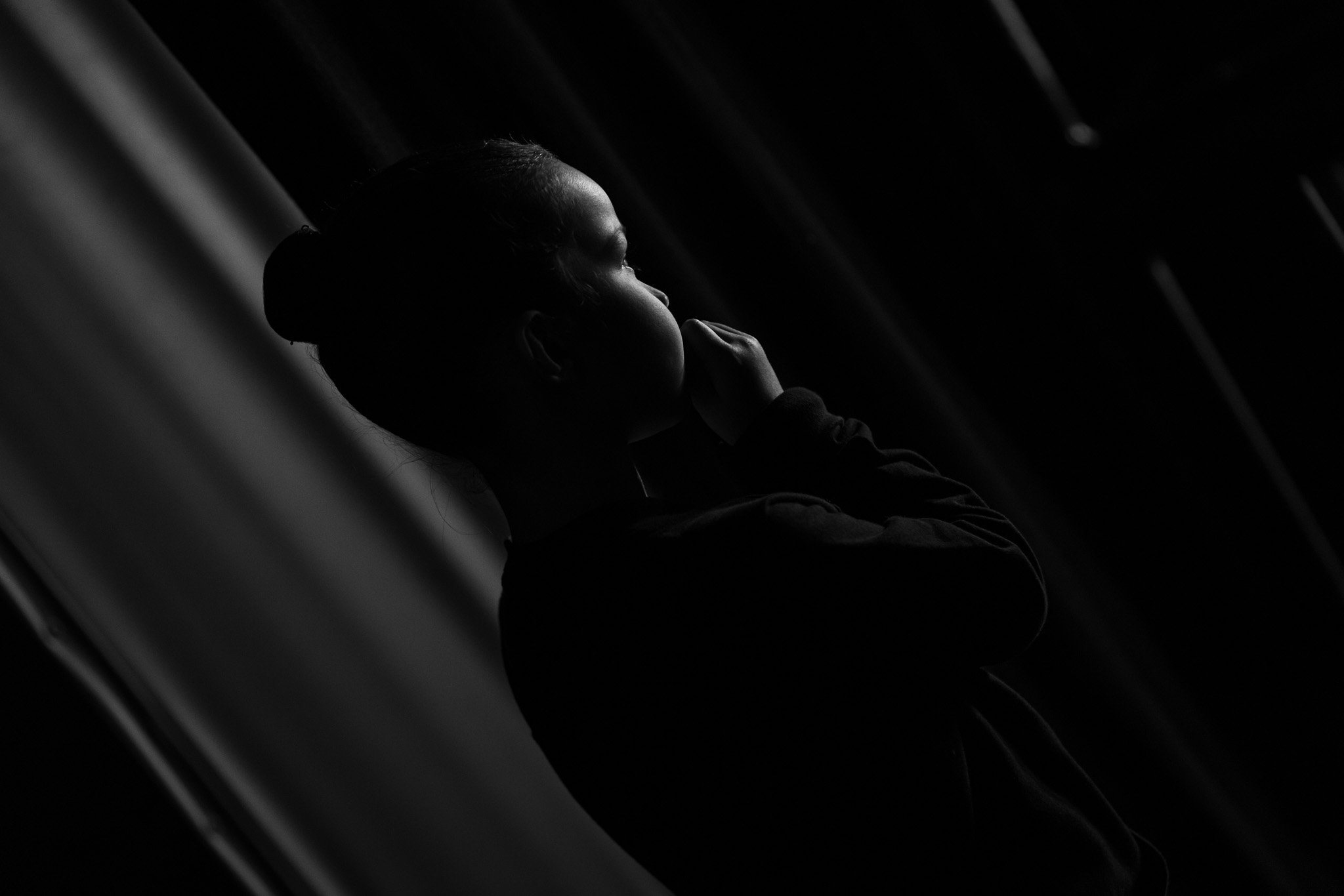Photographing Performing Arts: Capturing the Magic of Movement
For me, performing arts photography is an exciting and challenging genre that requires a specific set of skills. Whether I’m capturing a ballet performance, a live theatre production, or a concert, the key to great performing arts photography is not only to capture the beauty and grace of the performers, it is also to convey the energy, emotion and narrative of the performance.
Technically speaking, there are numerous settings I could mention that need to be addressed before and during the shoot but realistically, once everything is dialled into the camera, it is the performers, the lighting and even the sound that I am focussing on.
Whenever possible, I want to shoot the dress rehearsals or the non-public side of the performances. This means I can get on stage and up close to the performers. In turn, the images I make are much more personally involved with the performers themselves and give a different perspective to that of the audience when they are watching from the stalls. It also concentrates the performer’s mind on the job at hand giving me that focus, intent and emotion that I need for a great image.
A place that I also like to explore is backstage and in the wings. They give an extra dimension and a genuine flavour to the performers; the smiles, make-up, nerves and exhaustion are on display during almost every show. I watch for the faces, the costumes and the instruments as they catch the stage lights and use the darkness backstage to light and focus attention on the faces.
I always want to be aware of what the next move will be and for that, I feed off visual and audio cues. Changes in performers’ stances, music, tempo and lighting amongst other things all give me cues that something in front of me (or indeed alongside or behind me) is about to change, whether it’s the end of a scene or the soloist about to make an appearance. This generally causes me to move in anticipation to get a better idea of what is likely to happen next.
I continuously alter my angle of attack depending on what I am trying to depict, trying different angles, compositions and framing. If an actor is playing an evil part, I might shoot from down to up to depict subserviency on my part and a position of power on theirs. This also gives the effect of making the performer look as though they are staring out at the audience while they perform.
The orchestral layout provides a different challenge. Generally, the musicians’ chairs are configured so that the music stands and instruments often block the photographer’s view. So I use what could be seen as obstructions to frame the musicians, giving context to the images.
Performing arts photography is a fun, rewarding, challenging and sometimes exhausting genre that requires a combination of technical skills and creative vision. By bearing in mind some of the things I’ve described above, you can get some great shots in a field that exudes the kind of creativity and intensity that photographers crave for their craft.
“My interest in photography is not to capture an image I see or even have in my mind, but to explore the potential of moments I can only begin to imagine.”

